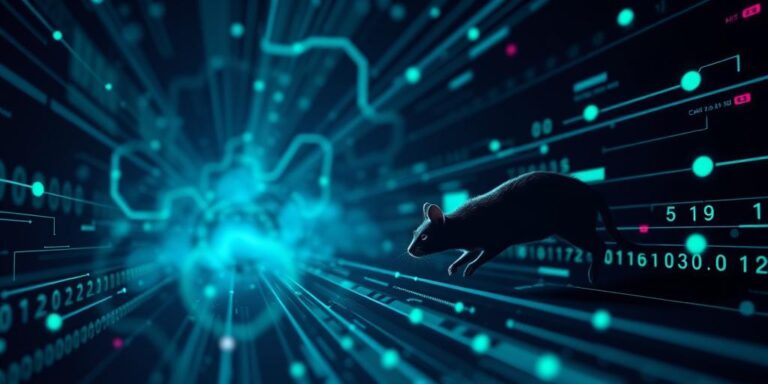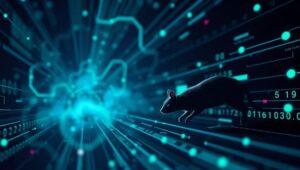AI in Cybersecurity: The Evolving Cat-and-Mouse Game (2025+)
Artificial intelligence (AI) has rapidly transformed numerous sectors, and cybersecurity is no exception. While AI offers unprecedented opportunities to enhance threat detection and response, it also presents new challenges as malicious actors leverage AI for their own purposes. This post explores the evolving cat-and-mouse game between AI-powered cybersecurity defenses and AI-driven cyberattacks, examining the current landscape and future trends.
The Rise of AI in Cybersecurity
AI’s ability to analyze vast datasets, identify patterns, and automate tasks has made it an invaluable asset in cybersecurity. AI-driven tools can:
- Detect Anomalies: Identify unusual behavior that may indicate a cyberattack.
- Automate Threat Response: Automatically respond to threats, reducing response times and minimizing damage.
- Predict Future Attacks: Use predictive analytics to anticipate and prevent future attacks.
- Enhance Vulnerability Management: Identify and prioritize vulnerabilities based on risk.
These capabilities have significantly improved the efficiency and effectiveness of cybersecurity operations, enabling organizations to stay ahead of increasingly sophisticated threats.
AI as an Offensive Weapon
However, the same AI technologies that bolster cybersecurity defenses can also be weaponized by malicious actors. AI-driven cyberattacks are becoming more sophisticated and harder to detect. Examples include:
- AI-Powered Phishing: Creating highly realistic phishing emails that are difficult to distinguish from legitimate communications.
- Automated Vulnerability Exploitation: Automatically identifying and exploiting vulnerabilities in software and systems.
- AI-Driven Malware: Developing malware that can evade detection by traditional antivirus software.
- Deepfake Social Engineering: Using deepfake technology to create convincing fake videos or audio recordings for social engineering attacks.
These AI-driven attacks pose a significant threat to organizations, requiring a proactive and adaptive approach to cybersecurity.
The Ongoing Cat-and-Mouse Game
The interplay between AI-powered cybersecurity defenses and AI-driven cyberattacks is an ongoing cat-and-mouse game. As cybersecurity professionals develop new AI-based defenses, malicious actors adapt and refine their AI-driven attacks. This dynamic requires continuous innovation and adaptation on both sides.
Key Strategies for Staying Ahead
To stay ahead in this evolving landscape, organizations must:
- Invest in AI-Powered Cybersecurity: Implement AI-driven tools for threat detection, response, and prevention.
- Develop Robust Data Security Practices: Protect data from being used to train malicious AI models.
- Promote AI Security Awareness: Educate employees about the risks of AI-driven cyberattacks and how to identify them.
- Foster Collaboration: Share threat intelligence and best practices with other organizations and cybersecurity professionals.
- Continuously Monitor and Adapt: Stay informed about the latest AI security threats and adapt cybersecurity strategies accordingly.
The Future of AI in Cybersecurity
Looking ahead, AI will continue to play an increasingly important role in cybersecurity. As AI technologies evolve, both cybersecurity defenses and cyberattacks will become more sophisticated. Quantum computing could introduce entirely new levels of complexity.
Organizations that embrace AI-powered cybersecurity and prioritize proactive security measures will be best positioned to defend against the evolving threat landscape. The key will be to continuously adapt and innovate in response to the ever-changing cat-and-mouse game.
By understanding the potential of AI in cybersecurity and taking proactive measures to address the associated risks, organizations can protect themselves from the growing threat of AI-driven cyberattacks. The future of cybersecurity depends on it.




